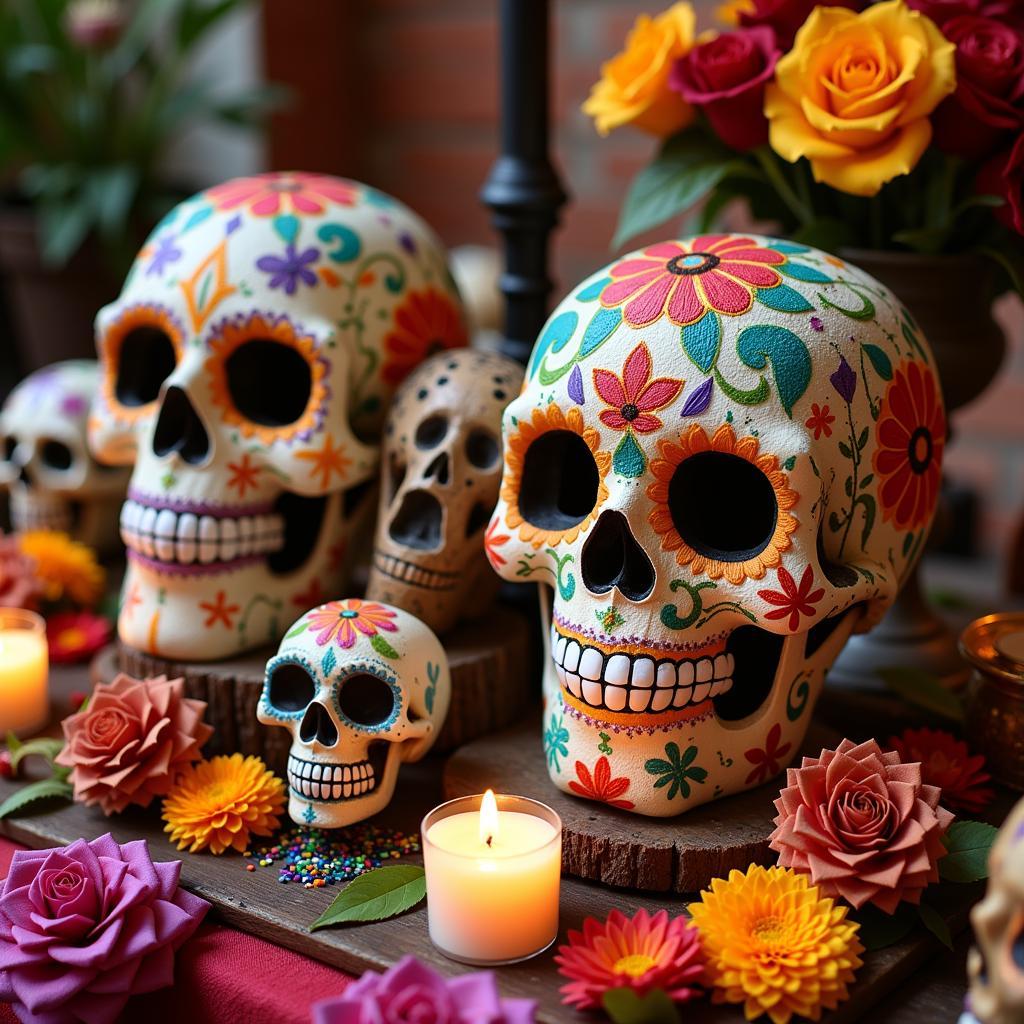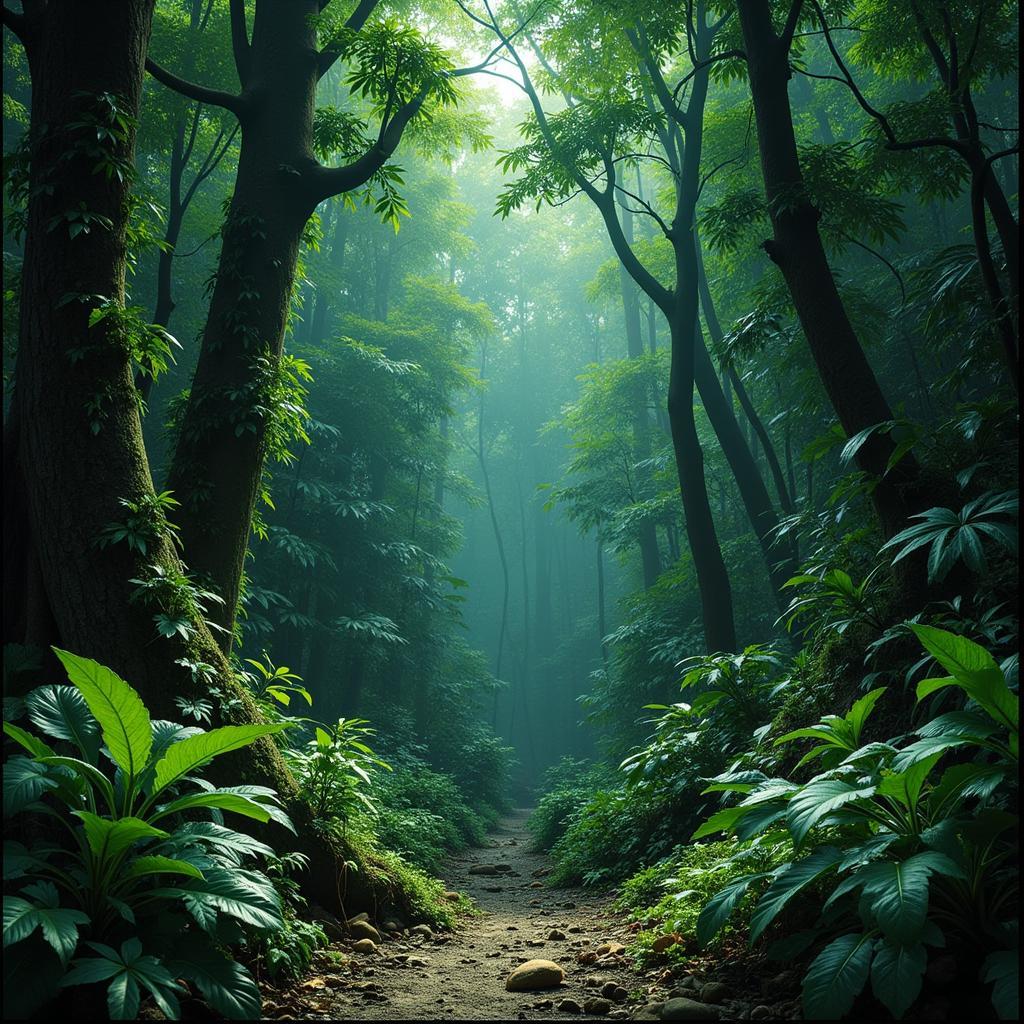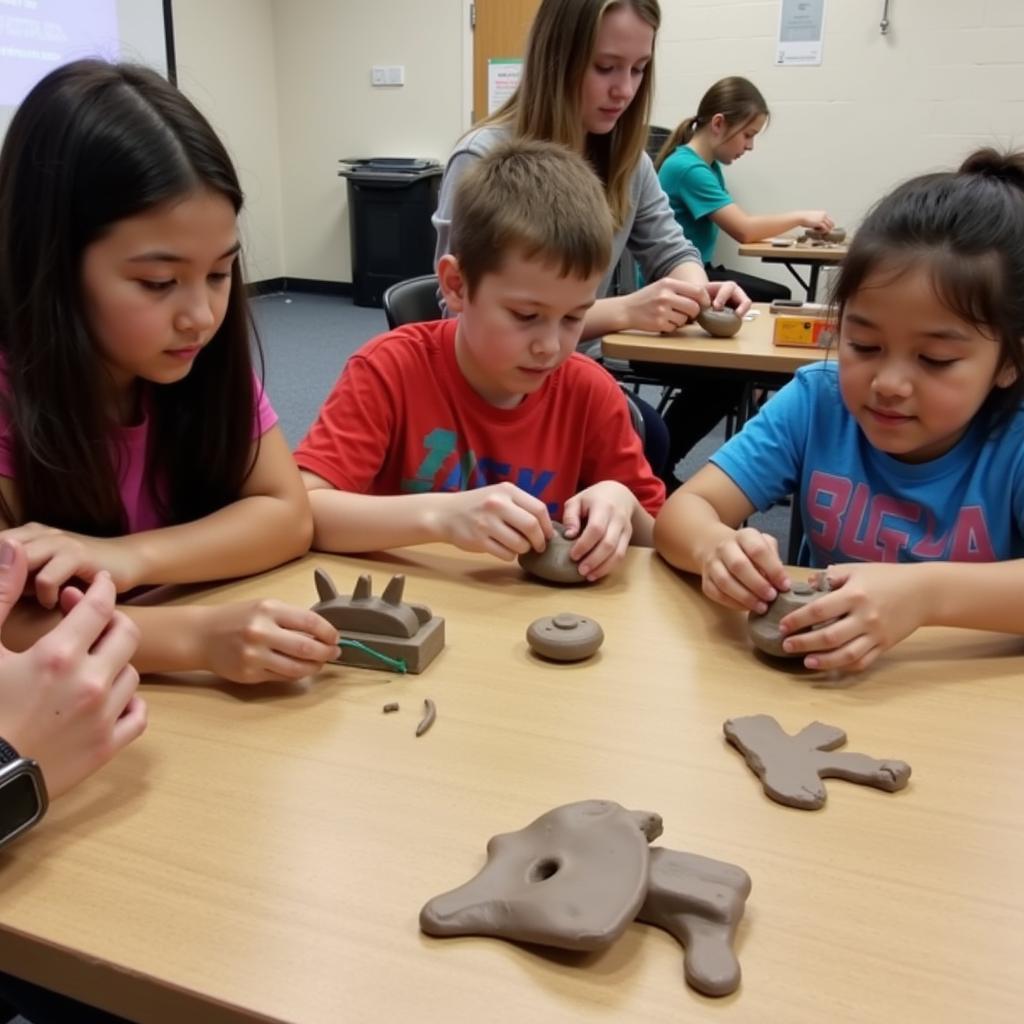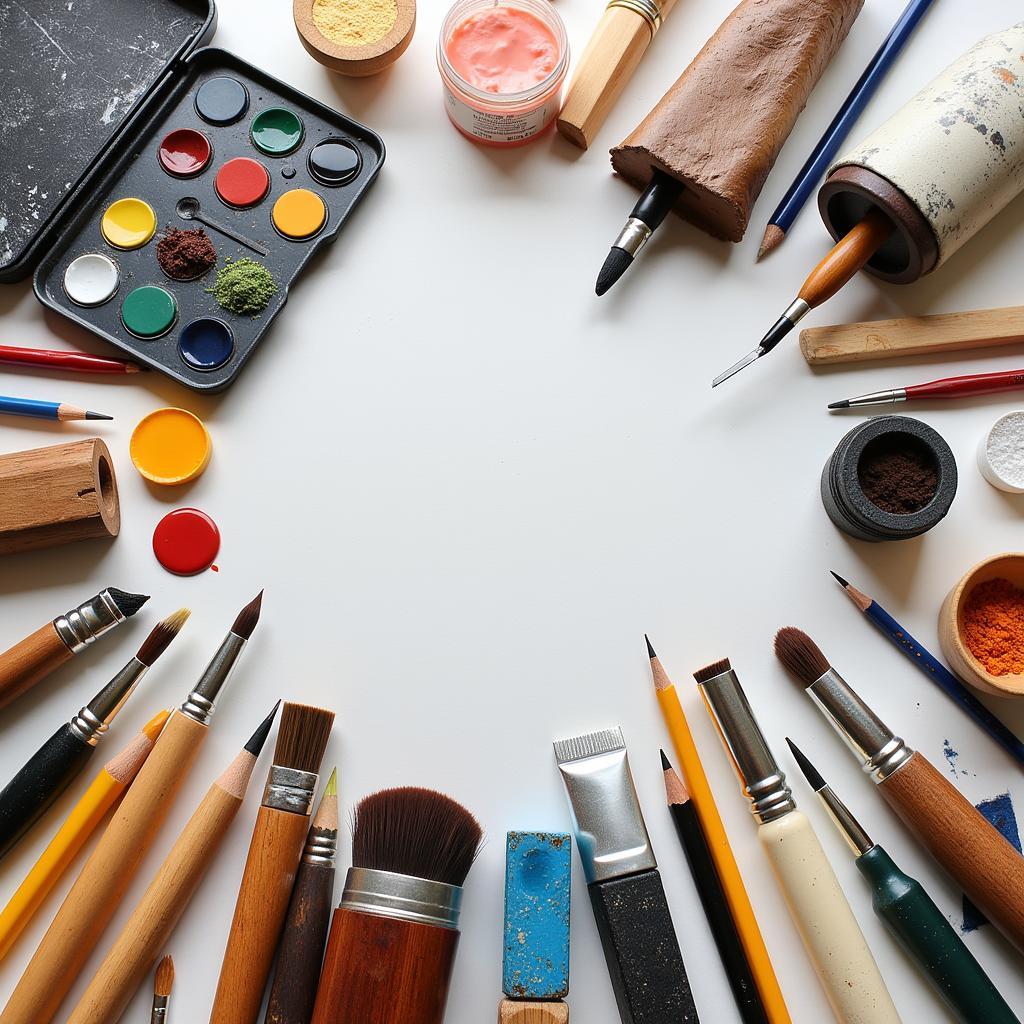Exploring the Vibrant World of Mexican Folk Art Paper Mache
Mexican Folk Art Paper Mache, a captivating blend of tradition and creativity, offers a unique glimpse into Mexican culture. From whimsical alebrijes to intricate masks, these handcrafted treasures showcase the artistry and ingenuity of Mexican artisans. This article delves into the fascinating world of Mexican paper mache, exploring its history, techniques, and cultural significance.
A Rich History of Mexican Paper Mache Crafts
Paper mache, known as “cartonería” in Mexico, has deep roots in the country’s history. Originally used for creating piñatas and ceremonial masks, the craft evolved over time, incorporating vibrant colors and intricate designs that reflect Mexico’s rich cultural heritage. The affordability and versatility of paper mache made it a popular medium for artisans to express their creativity, leading to the creation of a wide range of decorative and functional objects. Check out more on mexican art masks.
What makes Mexican paper mache unique? The answer lies in the vibrant colors, intricate patterns, and often fantastical imagery employed. From the bright hues of a festive piñata to the detailed features of a decorative skull, each piece tells a story.
The Art of Cartonería: Techniques and Materials
Creating Mexican folk art paper mache involves a meticulous process that combines traditional techniques with individual artistic flair. The basic materials are simple: paper, water, and a binding agent like flour or glue. However, the magic lies in the artisan’s skill in shaping and decorating the forms. Layers of paper are carefully applied, molded, and allowed to dry, creating a lightweight yet durable structure.
How is Mexican paper mache made? The process begins with creating a base structure, often using wire or cardboard. Strips of newspaper soaked in a paste mixture are then layered onto the base, gradually building up the desired shape. Once dry, the piece is sanded smooth and primed for painting.
Mexican Paper Mache: Beyond Decoration
While often used for decorative purposes, Mexican folk art paper mache also plays a significant role in various cultural celebrations and traditions. Piñatas, a staple of Mexican festivities, are a prime example. These colorful creations, filled with treats, symbolize abundance and good fortune. Similarly, paper mache masks are used in traditional dances and theatrical performances, representing various characters and deities. You might also be interested in mexican art alebrijes.
What are some common uses for Mexican paper mache? Beyond piñatas and masks, the technique is used to create everything from decorative skulls for Día de los Muertos (Day of the Dead) to whimsical figures known as alebrijes, representing fantastical creatures.
Preserving a Cultural Legacy through Paper Mache
Mexican folk art paper mache is more than just a craft; it’s a living tradition passed down through generations. Contemporary artists continue to innovate, pushing the boundaries of the medium while honoring its rich history. By supporting these artisans, we help preserve a vital part of Mexican cultural heritage. The vibrant colors and imaginative designs of Mexican paper mache continue to captivate and inspire, making it a cherished art form. Learn more about arte alebrijes.
 Day of the Dead Skulls Made of Paper Mache
Day of the Dead Skulls Made of Paper Mache
Conclusion
Mexican folk art paper mache offers a vibrant and captivating glimpse into the heart of Mexican culture. From its rich history to its diverse applications, this art form continues to inspire and delight. By exploring the world of Mexican paper mache, we not only appreciate the beauty of these handcrafted treasures but also connect with the rich cultural heritage they represent.
FAQ
- What is cartonería? Cartonería is the Spanish term for paper mache, specifically referring to the traditional Mexican craft.
- What are alebrijes? Alebrijes are brightly colored Mexican folk art sculptures of fantastical creatures.
- How long does it take to make a paper mache piece? The drying time alone can take several days, and the entire process, including decoration, can take weeks depending on the complexity of the piece.
- Are all Mexican paper mache pieces brightly colored? While vibrant colors are common, some pieces may be painted in more subdued tones or left unpainted.
- Where can I buy authentic Mexican paper mache art? Authentic pieces can be found in Mexico, at artisan markets, or online from reputable sellers.
- How do I care for my paper mache art? Keep it away from moisture and direct sunlight to prevent damage.
- Can I learn to make Mexican paper mache? Absolutely! There are many resources available, including online tutorials and workshops.
Need assistance? Contact us 24/7: Phone: 02462573573, Email: [email protected] or visit us at Savico Megamall, 7-9 Nguyễn Văn Linh Street, Gia Thụy, Long Biên, Hanoi 10000, Vietnam.



